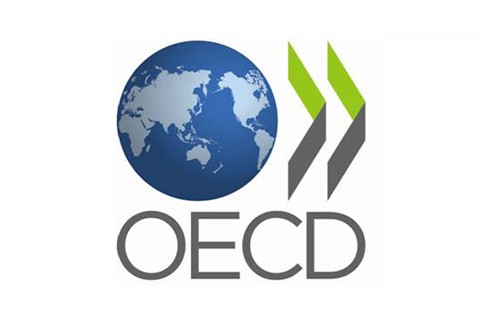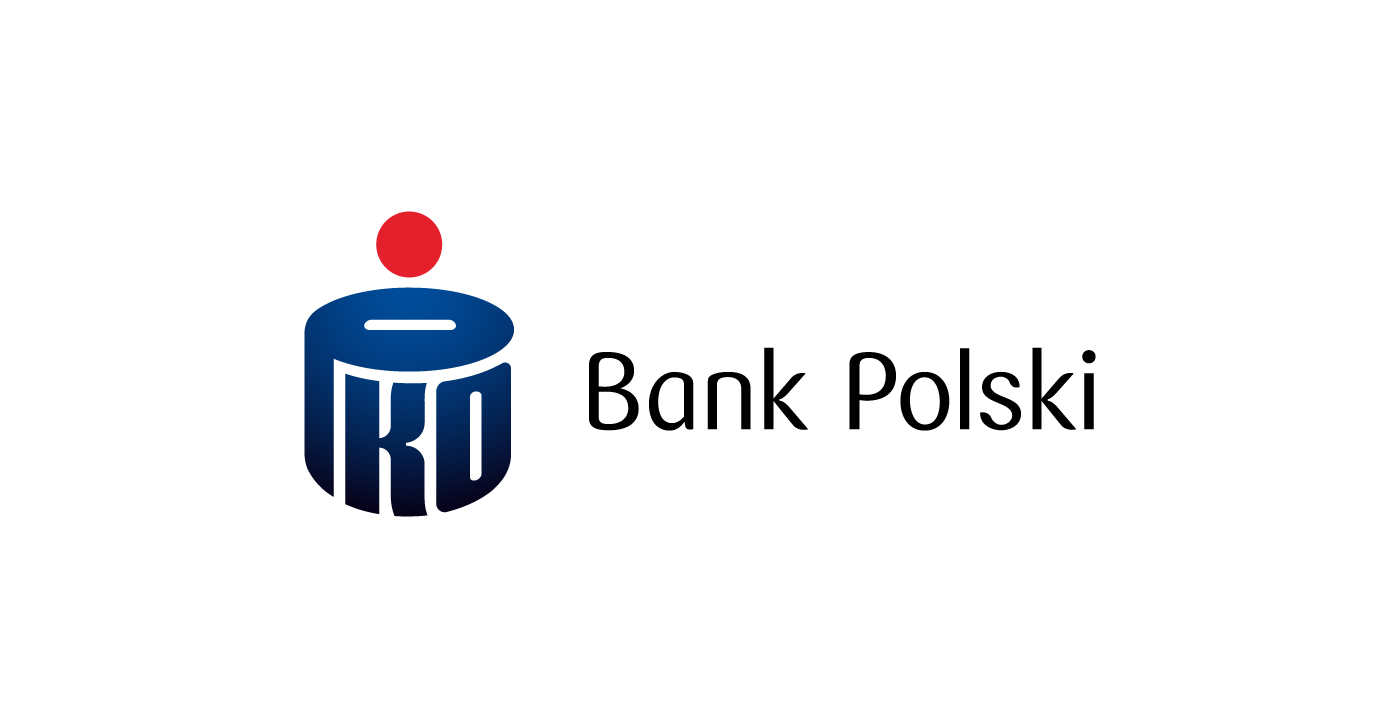GDP growth is projected to strengthen to around 3% annually in 2017-18, thanks to higher social transfers, low interest rates and rising disbursements of EU funds.
 Increasing disposable income and consumption, the switchover to the new budgetary period for EU funds and diminishing spare capacity should lead to an acceleration in investment. Stronger aggregate demand is expected to underpin a return to modest inflation.
Increasing disposable income and consumption, the switchover to the new budgetary period for EU funds and diminishing spare capacity should lead to an acceleration in investment. Stronger aggregate demand is expected to underpin a return to modest inflation.
The central bank is projected to start increasing rates towards the end of 2017, as inflation picks up. New social spending was mostly financed by one-off revenues in 2016. Plans to increase tax compliance are welcome, and scaling down exemptions and special rates would improve efficiency, but lowering the retirement age would decrease potential growth and public revenues, which are already likely to be curbed by population ageing.
By 2017, interest payments on public debt will have fallen by about 1% of GDP since 2012, and this increase in fiscal space will be partly used to implement a mild current-spending-based fiscal expansion over the projection period. However, the available fiscal room could instead be used to bring forward the planned investment in infrastructure. This would strengthen productivity growth and environmental and health outcomes. Reducing taxes on low wages would also benefit low-skilled employment.
(OECD)
















